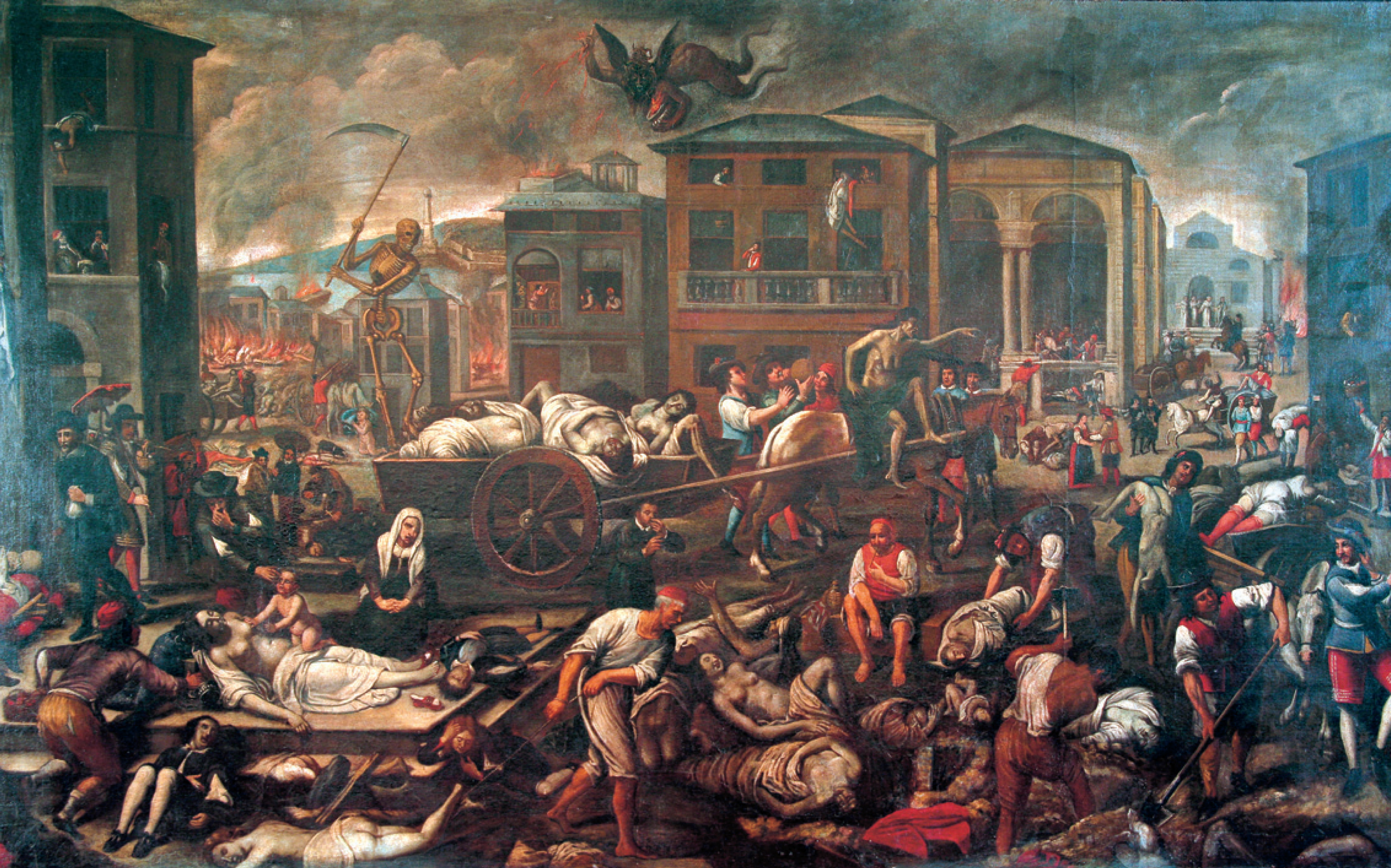
Published 2023-01-30
Keywords
- Famine,
- Genoese Republic,
- Plague,
- Political Crises,
- Prayer
How to Cite
Abstract
The article examines Genoese responses to plague during the old regime. Much like the Venetian, the Genoese ruling class understood the nexus between plague, poverty, and famine, and how these, in turn, tied in with political unrest. Some of the Republic’s main political and diplomatic crises were indeed followed by severe outbreaks of plague. Thus, the 1528 plague marked the proclamation of the oligarchic Republic, as a Spanish protectorate, masterminded by Andrea Doria, whereas the 1579-1580 plague closed the civil wars (a struggle of the old patriciate against an alliance of the new patriciate with the popular faction, 1575-1576). While the plague that swept through northern Italy in 1628-1630 narrowly missed Genoa, it became a metaphor with Genoese political thinkers for the narrowly escaped annexation of the Republic by Charles Emmanuel I of Savoy (who died of plague in his encampment, together with scores of the heretics on his payroll). The 1656-1657 epidemic was the most severe in the Genoese old regime, capping an acute political and jurisdictional crisis with Rome and with archbishop Stefano Durazzo. Remarkable documents of this enduring state of conflict are the prayer composed by Paolo Foglietta (poet and brother to Oberto, who was a leader in the civil wars and later a historian of the Republic) invoking an end to the 1579-1580 epidemic, and the anonymous preghiera repubblicana (held at the Vatican Apostolic Archive) which the government of the Republic included in the official religious liturgy in response to a heated jurisdictional crisis with the Holy See (1605-1607). Rome ordered archbishop Orazio Spinola to have the prayer banned, but the ‘Collegi’ of the Republic attempted to have it reinstated following the 1656-1657 plague.
D. Fiasella, La peste a Genova (1658 ca.), Courtesy of Archivio Fotografico Fondazione Franzoni, ETS – Genova

